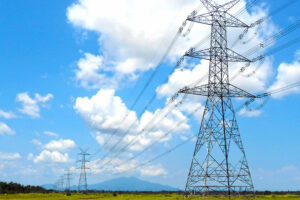AT LEAST 13 power transmission projects in the Western Visayas region in central Philippines have been delayed, the Department of Energy (DoE) said on Thursday, citing right-of-way and permit issues.
“If you have a strong backbone but your substations are not upgraded, then it will not be maximized,” Energy Undersecretary Sharon S. Garin told the House of Representatives energy committee.
She said the projects, which are being built by National Grid Corp. of the Philippines (NGCP), have been delayed by four or five times.
But in the DoE’s last meeting with NGCP officials and other agencies last month, there were no more permitting or right-of-way issues, Ms. Garin said. “It’s a matter of NGCP completing the construction.”
“If the grid continues to be weak and vulnerable, the blackout will happen as a matter of natural course,” Iloilo Governor Arthur R. Defensor, Jr. told the committee.
Iloilo has suffered economic losses worth P3.8 billion because of the blackout, he said on Wednesday.
Clark N. Agustin, NGCP officer-in-charge, told congressmen the bus voltage values on Panay Island were “within the normal range” between 2 and 2:19 p.m. on Jan. 2, when the power failures happened.
By 2:19 pm, several plants supplying power to the island suffered an “unplanned shutdown,” with 292 megawatts (MW) of the plants tripping, he said. This left Panay with no power generation so plants in Luzon had to supply electricity to the Visayas, he added.
The Institute for Climate and Sustainable Studies said NGCP could have limited the demand to prevent an island-wide blackout.
“Had NGCP implemented manual load dropping in the two-hour window, to which the red alert status should have been declared on the whole island, rotating power outages could have significantly reduced the load demand requirements in Panay,” it said in a statement.
It added that the island should have a distributed power generation instead of “few centralized coal-fired power plants.”
“Through distributed generation, power generation becomes more resilient, less susceptible to single-point failures and adaptable to variable demand conditions,” it said. — Beatriz Marie D. Cruz

